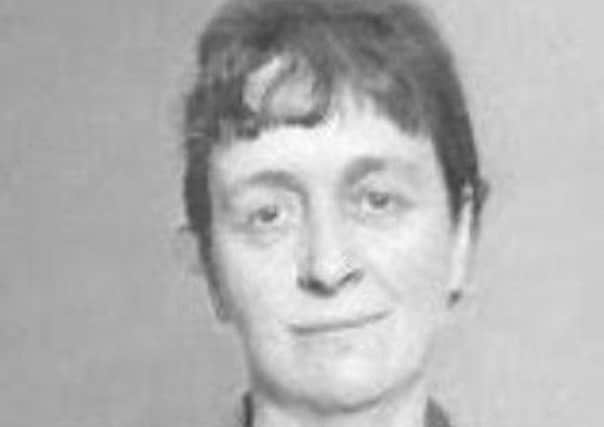Anne Acheson remembered with Blue Plaque unveilled at church


Anne Crawford Acheson (1882-1962) was a sculptor who pioneered the design.
She will be remembered with the unveiling of a Blue Plaque today (Thursday, September 28) at 11am at First Presbyterian Church, Bridge Street, Portadown.
Advertisement
Hide AdAdvertisement
Hide AdThe plaque will be unveiled by her great-nephew Rev. John Glasgow Faris.


Anne Crawford Acheson was born in 1882 in Carrickblacker Avenue, Portadown.
She was the second of seven children of merchant, John Acheson and Harriett Glasgow. Anne was educated at the Alexander School, Portadown and at Victoria College in Belfast where she excelled in her studies in art, and from the Belfast School of Art, she won a scholarship to the Royal College in Kensington, London where from 1906–1910, she studied sculpture.
At the onset of the Great War, Anne joined the Surgical Requisites Association (SRA) based at Mulberry Walk in Chelsea.
Advertisement
Hide AdAdvertisement
Hide AdInstead of rolling bandages, Anne put her talents to good use which would change the way fractures were treated then, and to this day. She changed medical history and made a significant contribution to the War.
Anne C Acheson witnessed soldiers coming back from the Front with broken limbs held together with bits of wooden splints and a couple of bandages.
Anne suggested taking a plaster cast of the limb and when the cast had hardened, wrapping papier-mâché over it, and then slipping it over the broken limb. Later this prototype procedure was replaced by the use of Plaster of Paris which she used in sculpture, and this reduced the procedure and healing time whilst properly supporting the broken limb.
Throughout the war in military hospitals in Britain and Europe, the idea was adopted, and updated over the decades. It is still in use today by the medical profession.
Advertisement
Hide AdAdvertisement
Hide AdKing George V established the British Empire Medal to recognise the war efforts of civilians and Anne Acheson was appointed CBE in 1919.
During the Second World War in 1939, Anne retrained as a precision engineer and draftswoman, so as to carry out voluntary work. She also worked for the Red Cross.
As a sculptor, Anne achieved fame in the 1920s and 1930s by her sculptures of children and garden figures which had became very fashionable.
Models such as ‘Posy’, ‘The Imp’, ‘Water Baby’ to name a few, became famous, and this talented lady from Portadown was the first woman to be elected to the Royal Society of British Sculptors, before becoming the organisation’s first female Fellow.
Advertisement
Hide AdAdvertisement
Hide AdShe was made an academician of the Ulster Academy of Art, and exhibited in Brussels, London, Scotland and in the Belfast Museum and Art Gallery.
In the I960s Anne returned to Northern Ireland to live with her sister in Glebe House, Glenavy. Sadly this remarkable lady and gifted artist whose talents changed medical history, and made a significant contribution to the First World War, has remained largely forgotten and in many instances unknown.
Chairman of the Ulster History Circle, Chris Spurr said, “Anne Acheson of Portadown has the distinction of being the first woman to become a full member of the Royal Society of British Sculptors, and her fame alone as an artist commends her for a blue plaque.
“However, she is to be further commended for her pioneering design work, especially towards developing the anatomically correct papier-mâché splint, which helped to heal the limbs of many servicemen injured in World War I.
Advertisement
Hide AdAdvertisement
Hide Ad“The Ulster History Circle is delighted to commemorate this distinguished sculptor with a blue plaque at the Church she attended, and the Circle would particularly like to thank the Ulster-Scots Agency for their financial support towards the plaque.”
The story of Anne Acheson continues with the Northern Ireland production companies Morrow Communications and Clean Slate Television who are close to completion on a documentary detailing the contribution Anne made to modern medicine through her innovations during WWI. The programme is due to be aired on BBC1 NI in early November.
Producer Aisling Gallagher (Morrow Communications) said, “I came across Anne Acheson’s story through a project on local artists I was producing for schools and was fascinated by the achievements of this humble and truly ground-breaking woman. The fact that the story was largely unknown was astonishing to me and I am glad that Anne’s achievements are now being recognised through this UHC Blue Plaque and that our documentary will help bring the story of this remarkable woman to more people.”